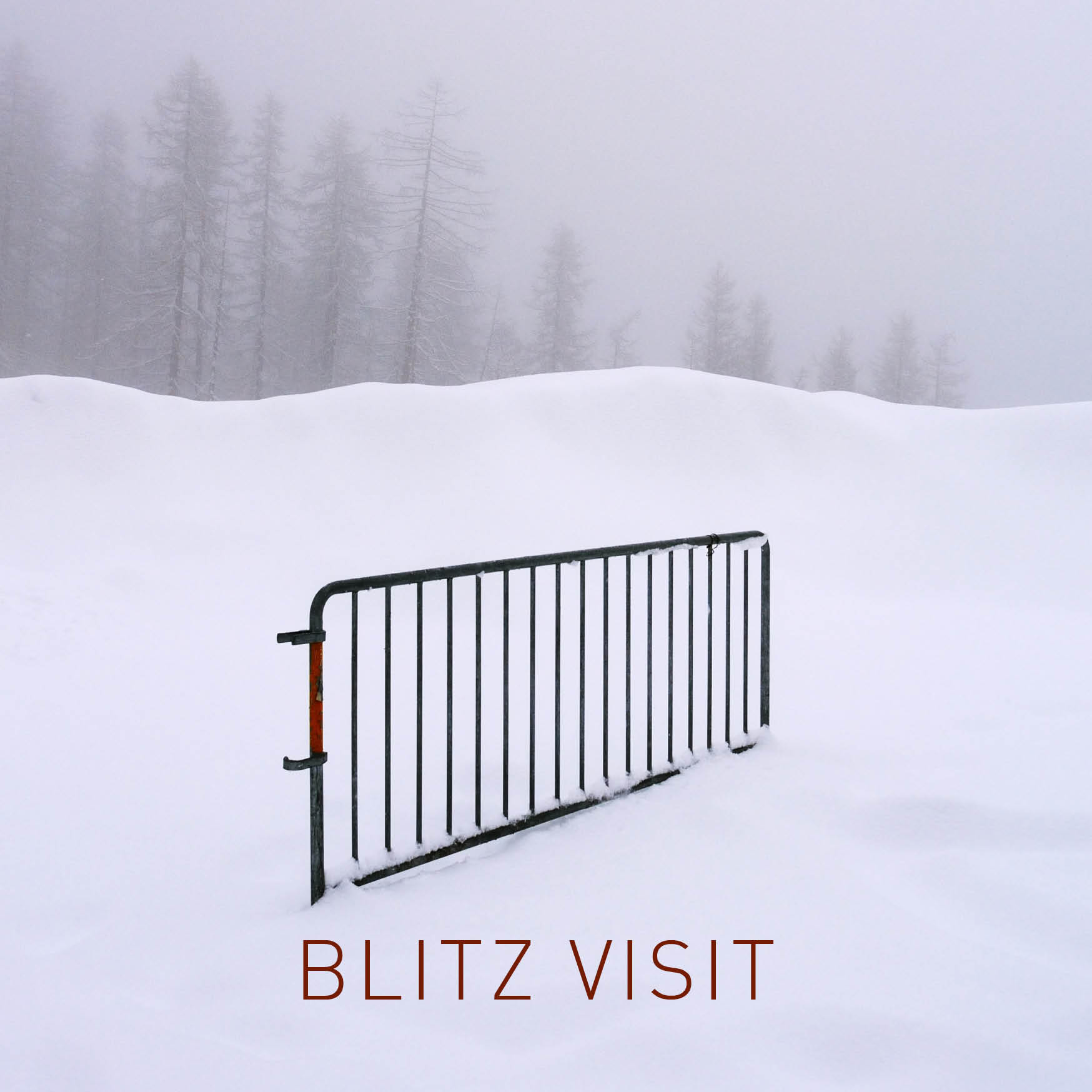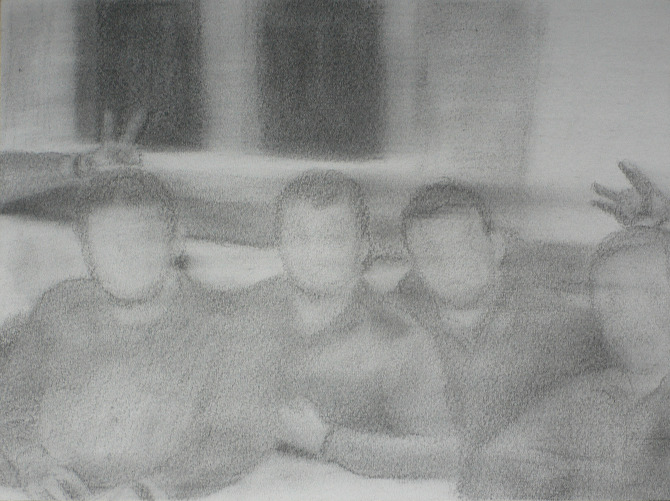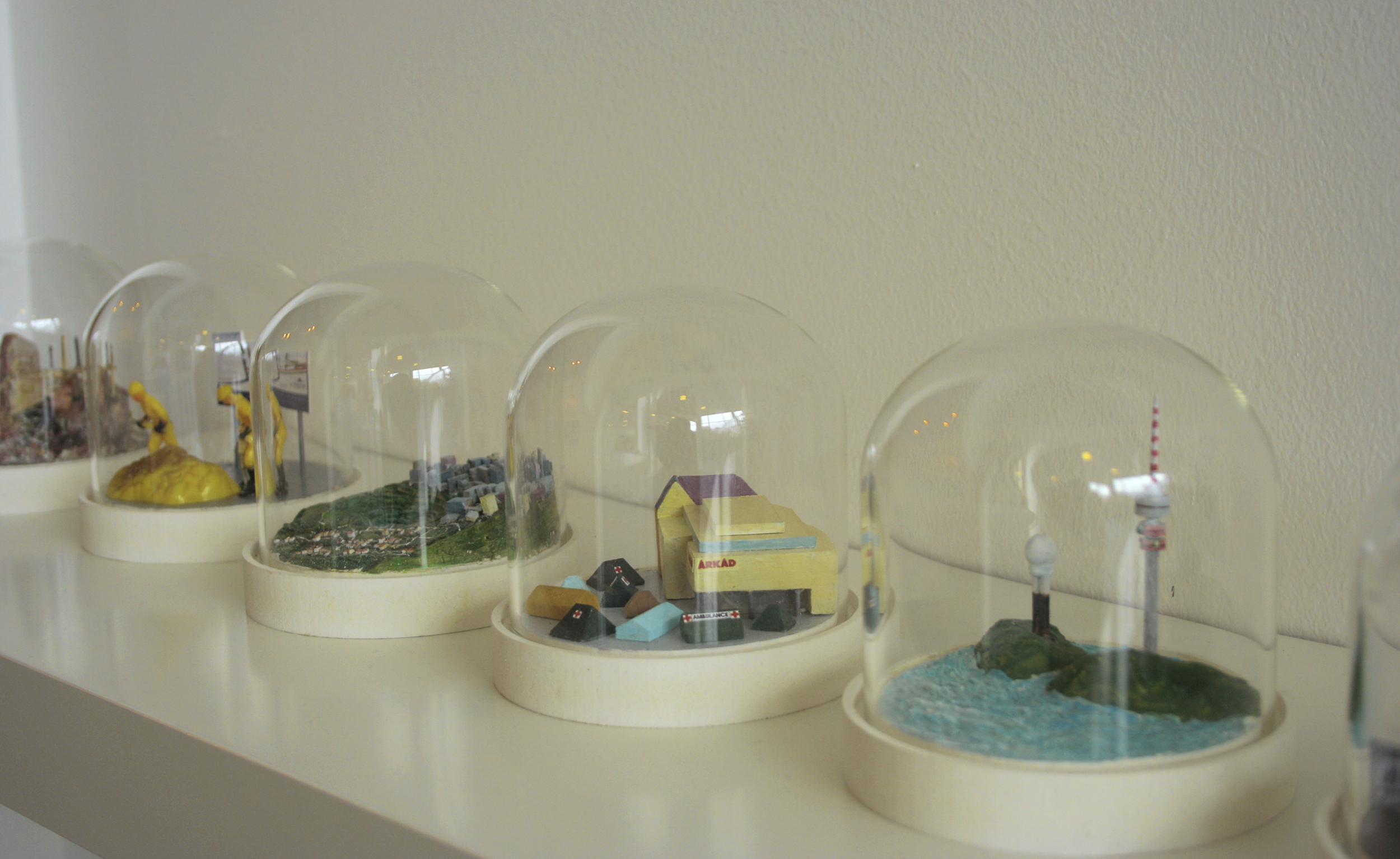BLITZ VISIT – Group Exhibition
Participating artists:
Gábor Buda /// Dóra Csala /// Barbara Follárd /// Dániel Horváth /// András Király /// Dóra Palatinus /// Péter Puklus /// Oliver Schmidt
Program:
Thursday, April 26, 6 – 22 pm: Opening
Saturday, April 28, 7 – 8 pm: Csaba Nemes Video Screening
Exhibit open from April 27th – April 30th, 12 am – 8 pm, Sur la Montagne, Torstrasse 170, Berlin-Mitte
Normality in the state of emergency: Since the „revolution“ of 2006, Hungary, the „happiest barrack of the Eastern bloc“ is under surveillance by Europe once again. Radical changes took place in politics, and thereby also within the society in general. What is it like living in this country, and does the effects of the recent changes reflect in the arts already? How does the new generation of the Budapest art scene react?
The group exhibition was curated by Nóra Lukács and Katja Melzer, and presented 8 artistic positions dealing with the current everyday life in Hungary. The first exhibition organized by Igor Metropol abroad took place during the opening of the Berlin Biennale and the Gallery Weekend in Berlin (April 27-29, 2012), and raised attention by its unorthodox curatorial approach, and its critical, often ironic artistic positions.
Review of the exhibition by Nadine Söll “Stereotype, Hipster und Folklore” (in German language only)
Photo documentation of the exhibition here.
Information about the participating artists:
Gábor Buda (*1981)
For several years, the Budapest photographer has been working on the series “Phenomena”, which visually examines physical, chemical, natural and social phenomena. Overall, they provide an intimate, intense portrait of a young generation. For the current exhibition photographs from this series have been paired up with more recent abstract works.
Dóra Csala (*1986)
The young artist living and working in Berlin shows photographs of her former hometown Budapest, which have gone through a personified transformation.
Barbara Follárd (*1976)
The artist’s performance-based video works were created in Budapest and Paris. From being furious to satirical-comic and melancholic, her works are telling of human sensibilities and dependencies.
Dániel Horváth (*1980)
One of the most distinguished painters of his generation in Budapest. For the current exhibit, several watercolours have been selected: private sketches of never-realized paintings, which were created during an Erasmus stay in Nuremberg in 2006. The works on paper show a humorous approach to visual clichés and traditions of the Hungarian history.
András Király (*1972)
The objects by András Király reflect the absurd schizophrenia of the contemporary Hungarian society. They simultaneously represent vague terms and extremely sharp contrasts. The topics, visualized in form of graphic works and black-painted objects are all based on Google hits of the search term “Hungarian culture.”
Dóra Palatinus (*1973)
Based on photos taken from the Internet, the Hungarian artist has reconstructed apocalyptic scenes in the model format. Based on selected events: accidents, wars, natural disasters, the “dream bubbles” reflect personal fears of global threats.
Péter Puklus (*1980)
The photo project “Handbook to the Stars” manual is based on the idea of reproducing the shape and light studies of the 1920s avant-garde based on installations: dream-like symbols, models, ready-mades as photo documentation of a self-built reality appear in Puklus’ novel black-and-white images.
Oliver Schmidt (*1975)
The Berlin-based photographer has a special eye for the absurdities of everyday life. For the current exhibition, he is providing photographs from his artist stay in Budapest in 2006: urban inconsistencies, architectural disasters and the normal everyday life in a post-socialist country.
Csaba Nemes (*1966) – Video Screening
Four video works of one of the best-known representatives of “engaged art” in Hungary are shown. The work “remake” (2007, 24 min), consisting of 10 chapters reflects, in an ironic way, the events of the street riots in 2006, by some referred to as “revolution”. This work was supposed to be shown as the Hungarian contribution to the 52nd Biennale Venice (2007), but then withdrawn at short notice. Three more short films from realized between 2010 and 2011 show a critical approach to current social, political and social problems in Hungary.
Program:
1. Állj ide! / Stand Here!, 2010, 5 min. puppet film
2. Györgytelep / George settlement, 2011, 8 min. animation
3. Némafilm / Silent film, 2012, 10 min. 16mm film converted to video
4. Remake, 2007, 24 min. animation





